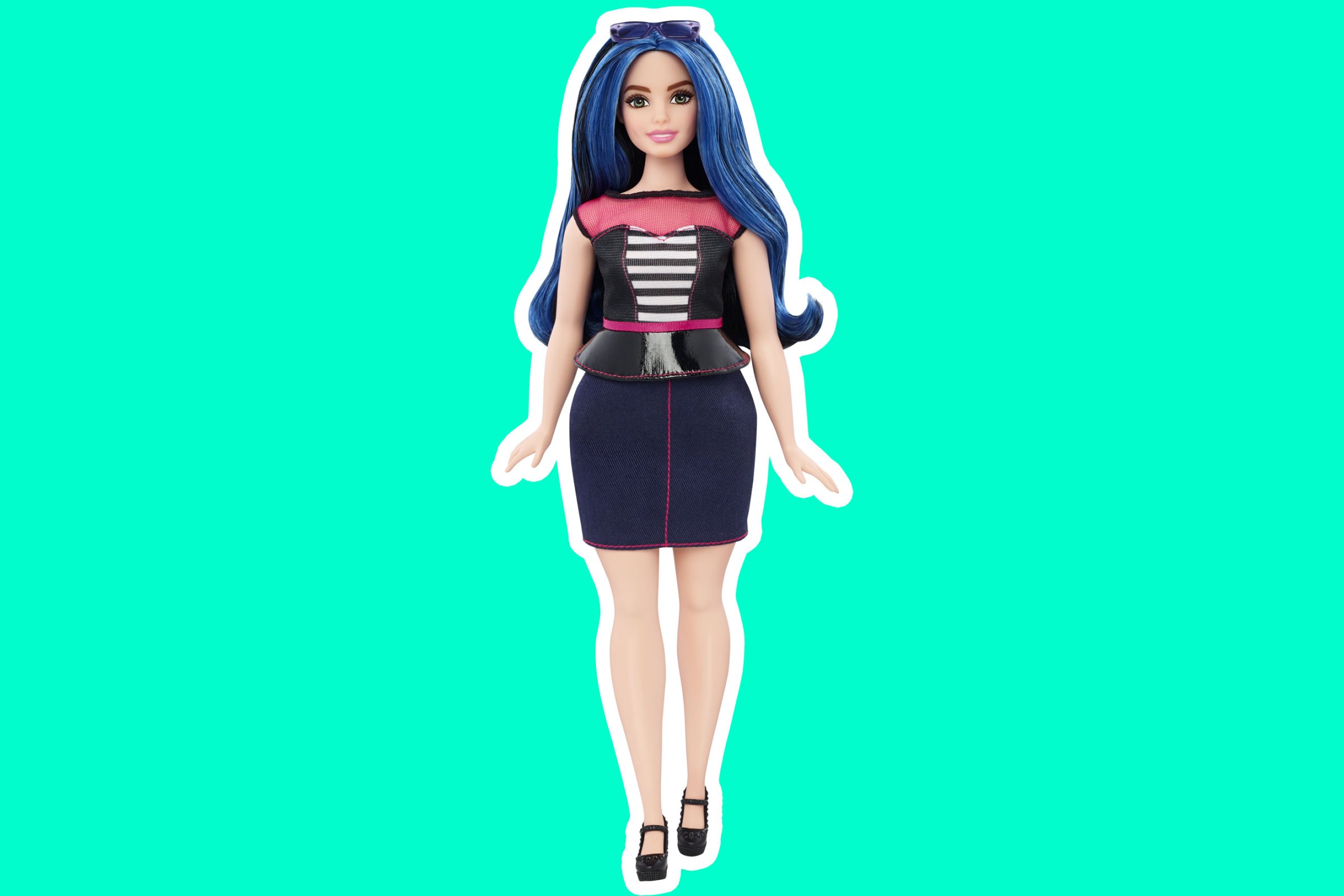
I was offered exclusive access by Mattel to see the creation of three new bodies for Barbie—curvy, petite and tall—that will be sold alongside the original form. As part of my reporting, I was allowed to watch four focus groups with moms and six with children where the participants were introduced to the new dolls for the first time. While much of the research that led Mattel to create the new bodies and some of the reactions of the moms were included in the story, which you can read in full here, I also learned some other fascinating things about the way Americans deal with body image and play by observing these groups. Here are a few things I discovered:
Changing the body was the #1 request from moms when it came to Barbie
When asked what they would change about Barbie, a more realistic body was the top request from parents. Moms also suggested less makeup, more modest clothing and greater mobility (more articulation that would allow for active play like kicking a soccer ball).
“Petite” was more controversial among moms than “curvy”
The term “petite” was more controversial among moms that Mattel surveyed than “curvy” was. Some moms assumed “petite” would mean even skinnier than original Barbie, when actually it means shorter. However, moms preferred “petite” to “short.”
Girls won’t say “fat”
Girls will not say “fat” in front of a strange adult—or at least the girls in the focus groups I watched would not. While some girls called the curvy doll “fat” to their playmates, they used more P.C. terms like chubby when the moderator re-entered the room. Mattel researchers say this has changed even in the last three years probably because of anti-bullying curricula that are being introduced as early as kindergarten. The frenzy around cyber-bullying on social media has made teachers and parents all the more eager to teach their kids how to respect others.
Girls want dolls who look like them
Perhaps unsurprisingly, many of the girls were attracted to the dolls who looked most like them in terms of skin color and hair texture. A lot of children and parents referenced the American Girl dolls they had at home that were designed explicitly to look like the owner. However, the blonde, straight-haired dolls still proved popular for girls of all backgrounds. When the kids were asked, “Which doll is Barbie?” they invariably pointed to a blonde.
WATCH: Barbie’s 57 Year Evolution in 37 Seconds
Kids love blue hair
Kids really loved the blue-haired doll, who many dubbed “Katy Perry.” (It’s worth noting that she was also a curvy doll, and that mattered little to most of the children.) Many of the moms in the focus groups guessed that their daughters would pick the blue-haired doll as their favorite, saying many of them wanted to dye their hair blue too.
Moms are still making the decisions when it comes to kids
Parents still have a long way to go when it comes to equally sharing childcare responsibilities, including when it comes to toys. Moms are still the ones making the toy purchasing decisions in the vast majority of households for both their sons and daughters. (That’s why Mattel runs focus groups with moms instead of dads most of the time.)
Moms care about body image regardless of geographic location, age, race or socio-economic background
I foolishly walked into Mattel assuming that only Millenial moms who frequent feminist blogs would care about body image. I was very wrong. Mattel surveys and product tests with moms who live all over the world and come from different socio-economic groups. Mothers across America care deeply about what sort of beauty standards their daughters are exposed to—and all were supportive of Barbie’s new direction, though some thought the curvy doll should be even curvier.
See All the New Barbies From Curvy to Tall and Petite



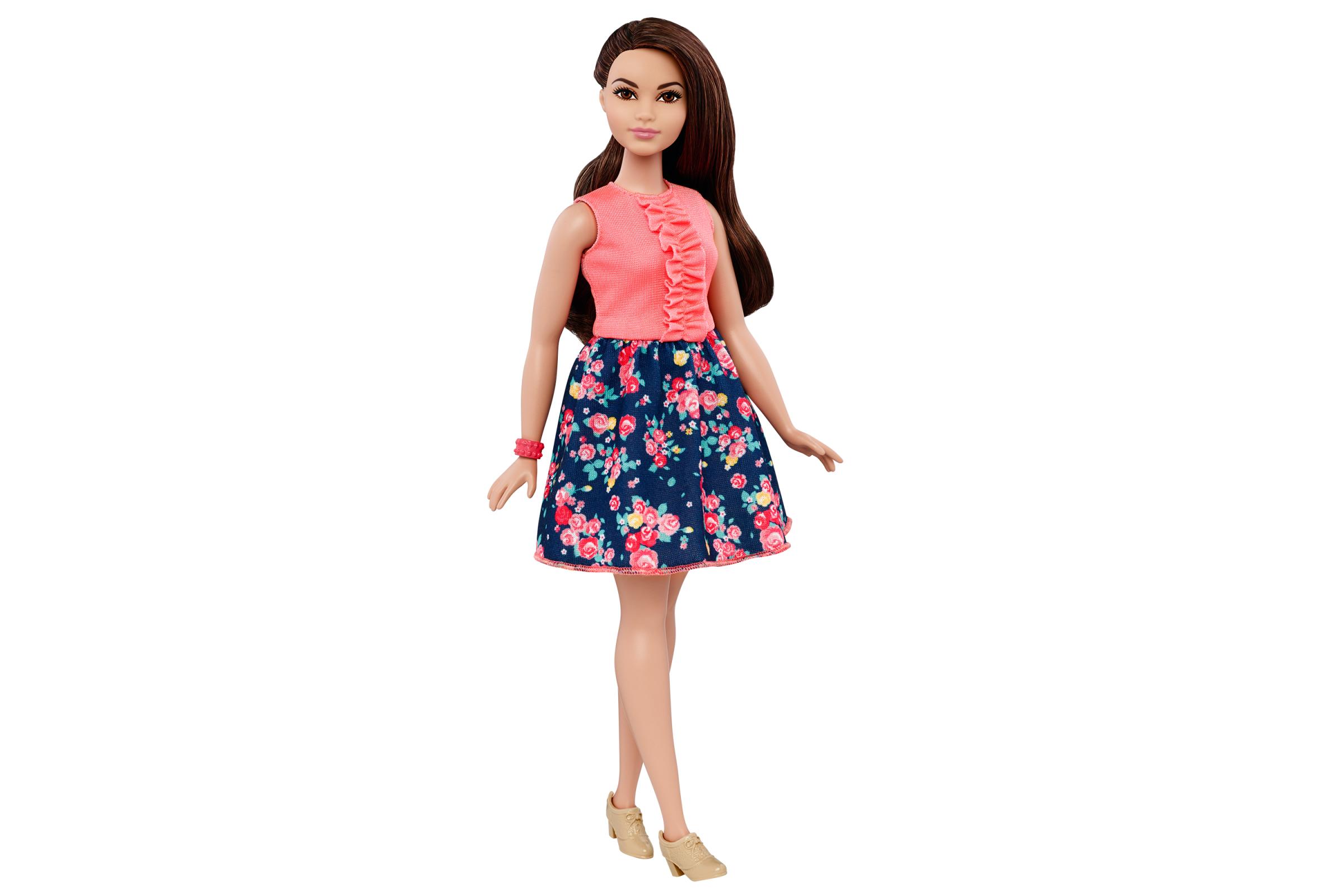



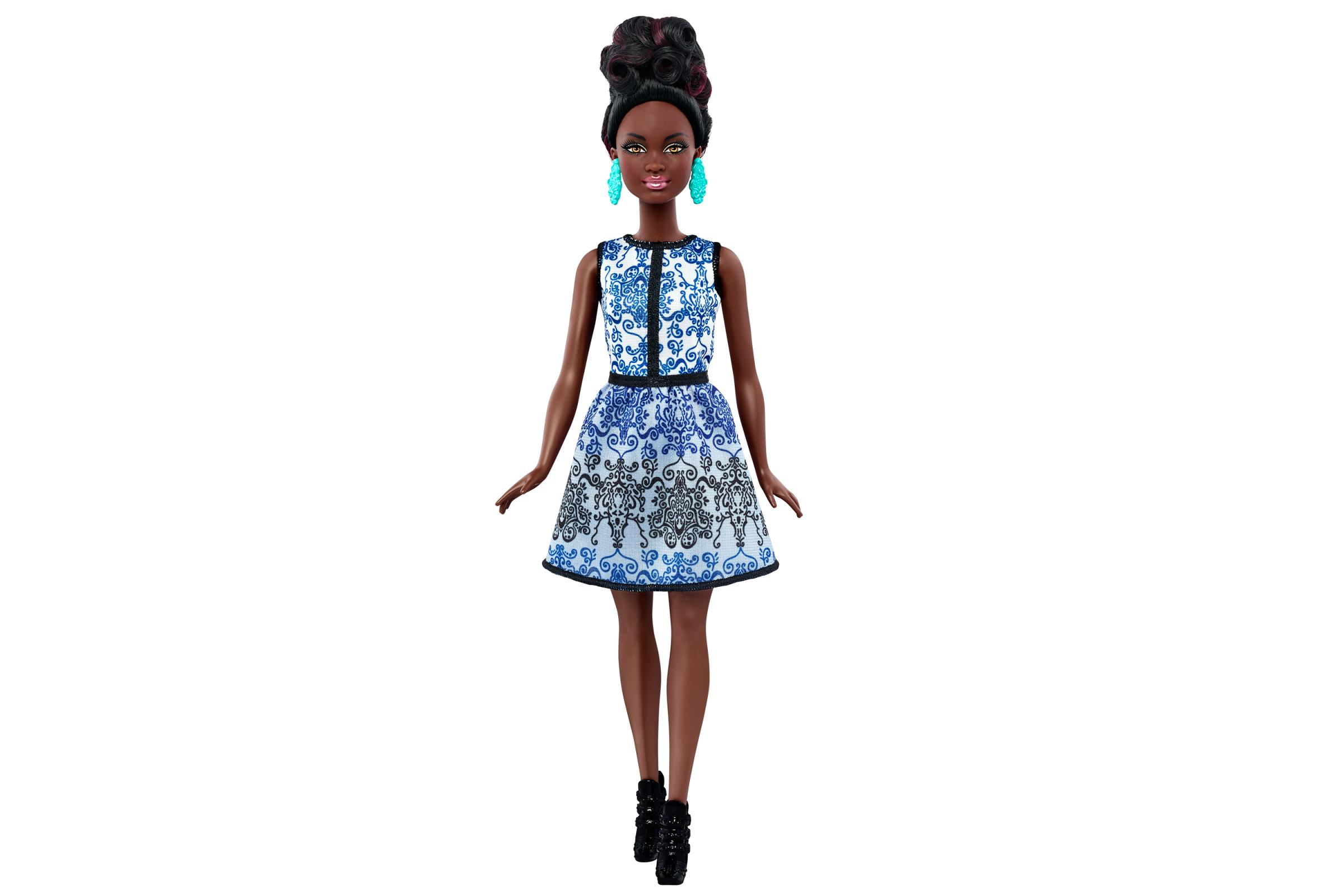

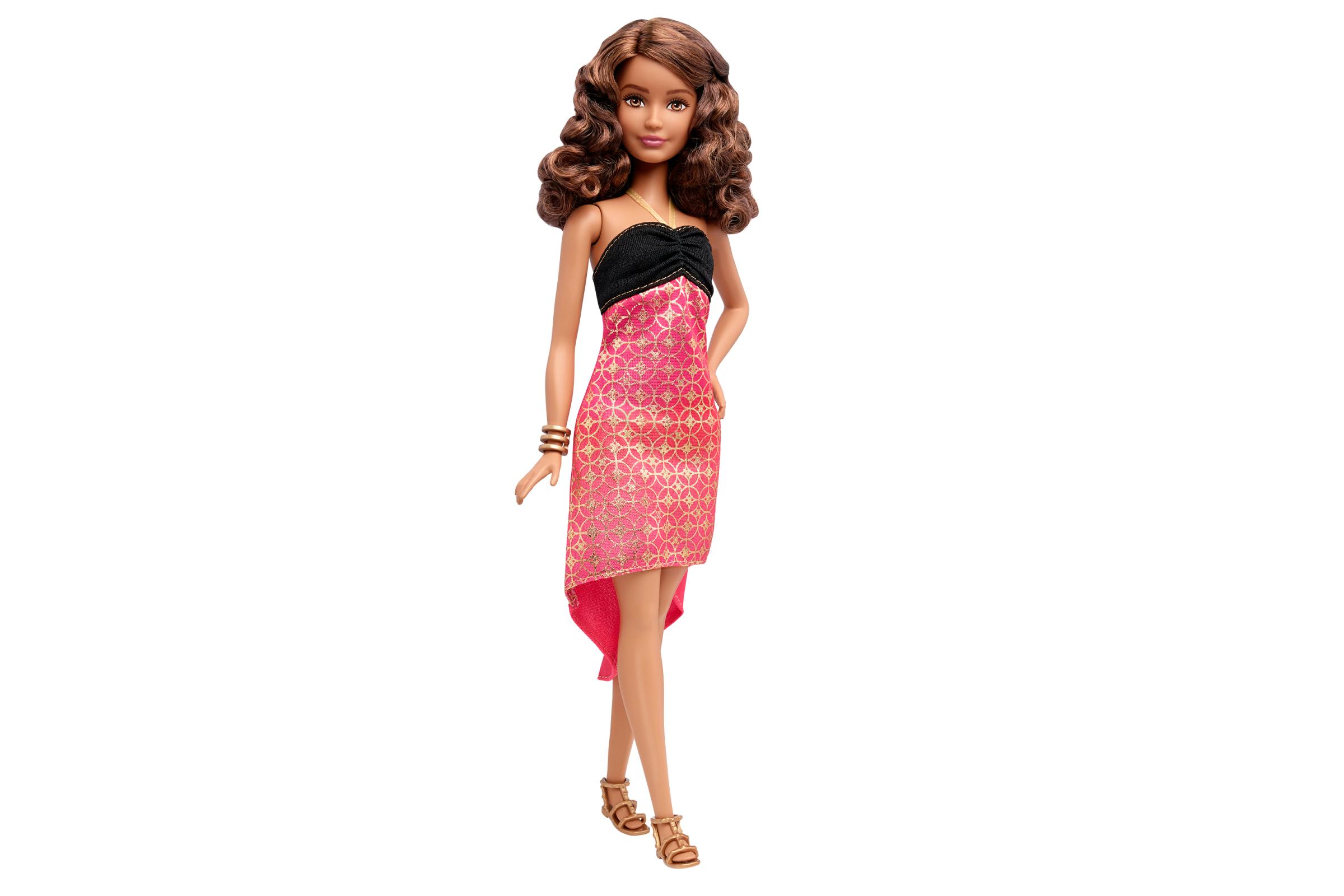




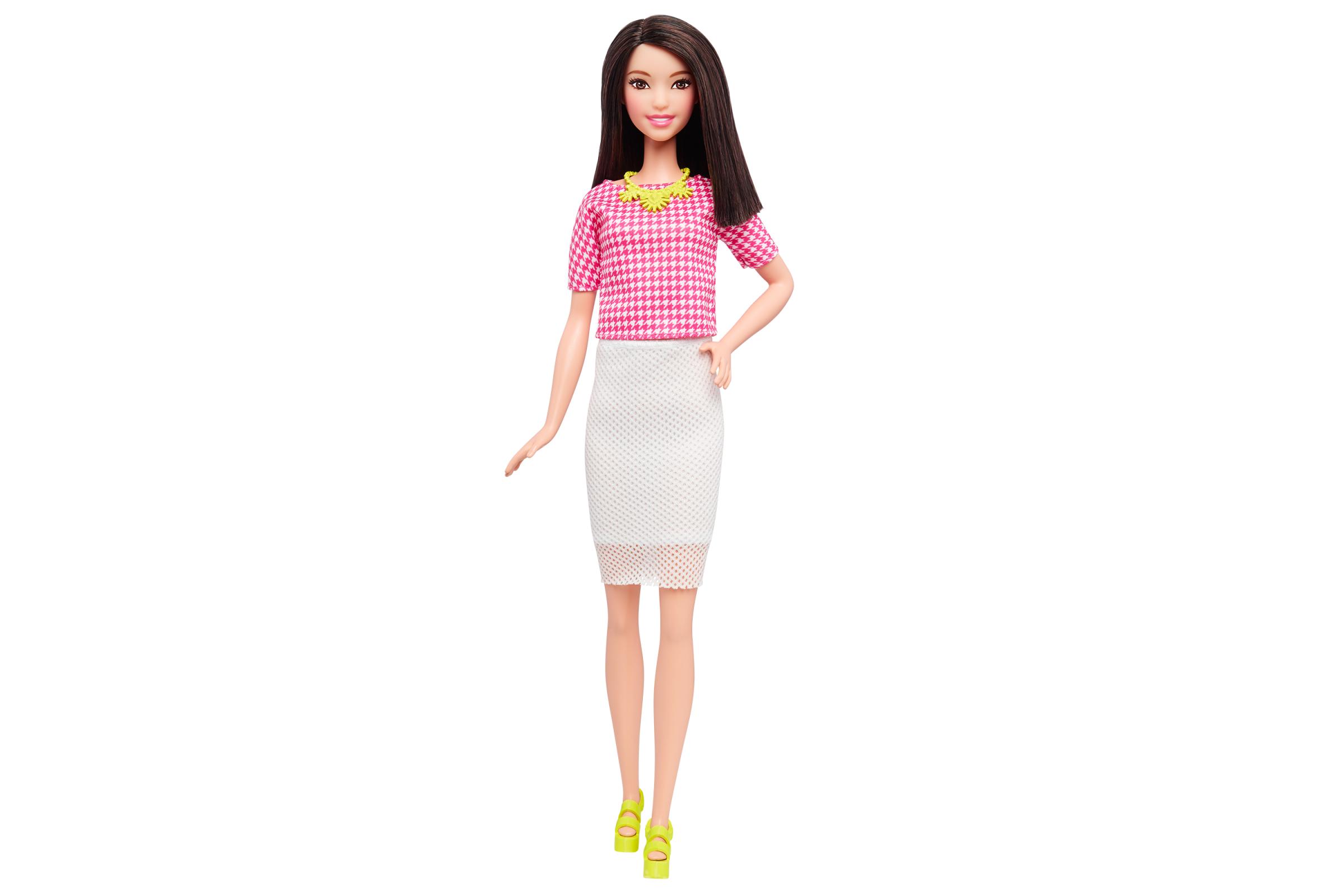


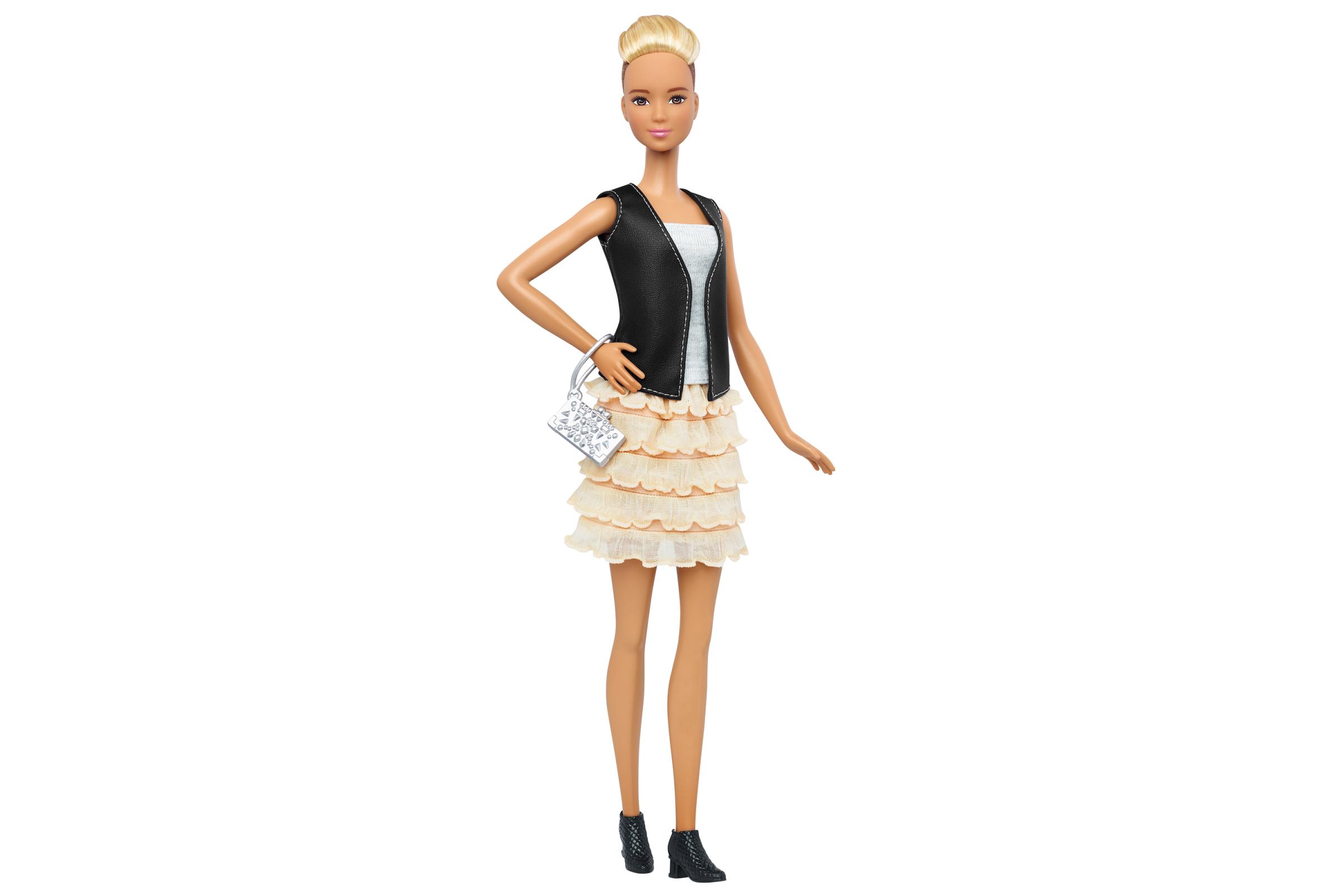

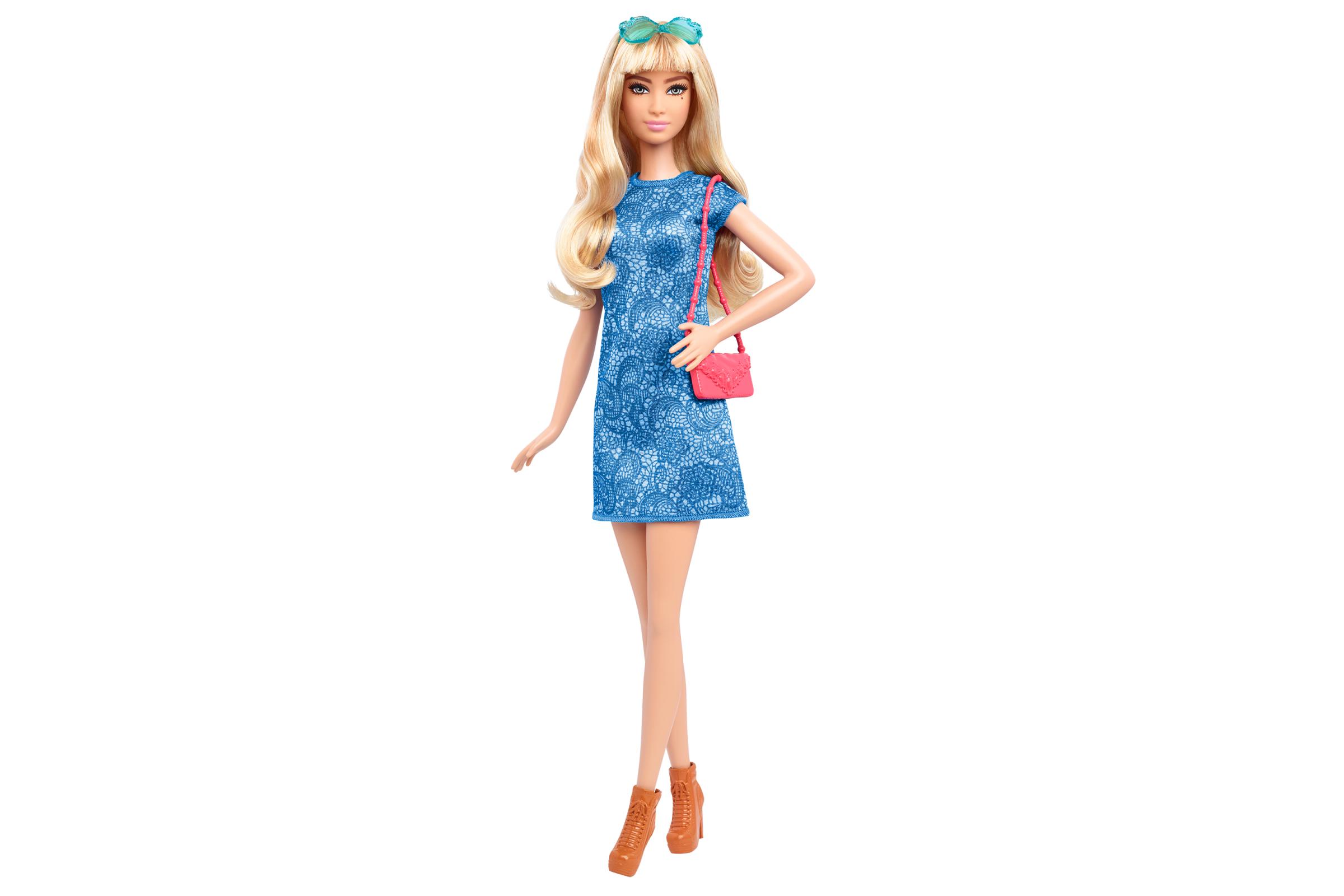


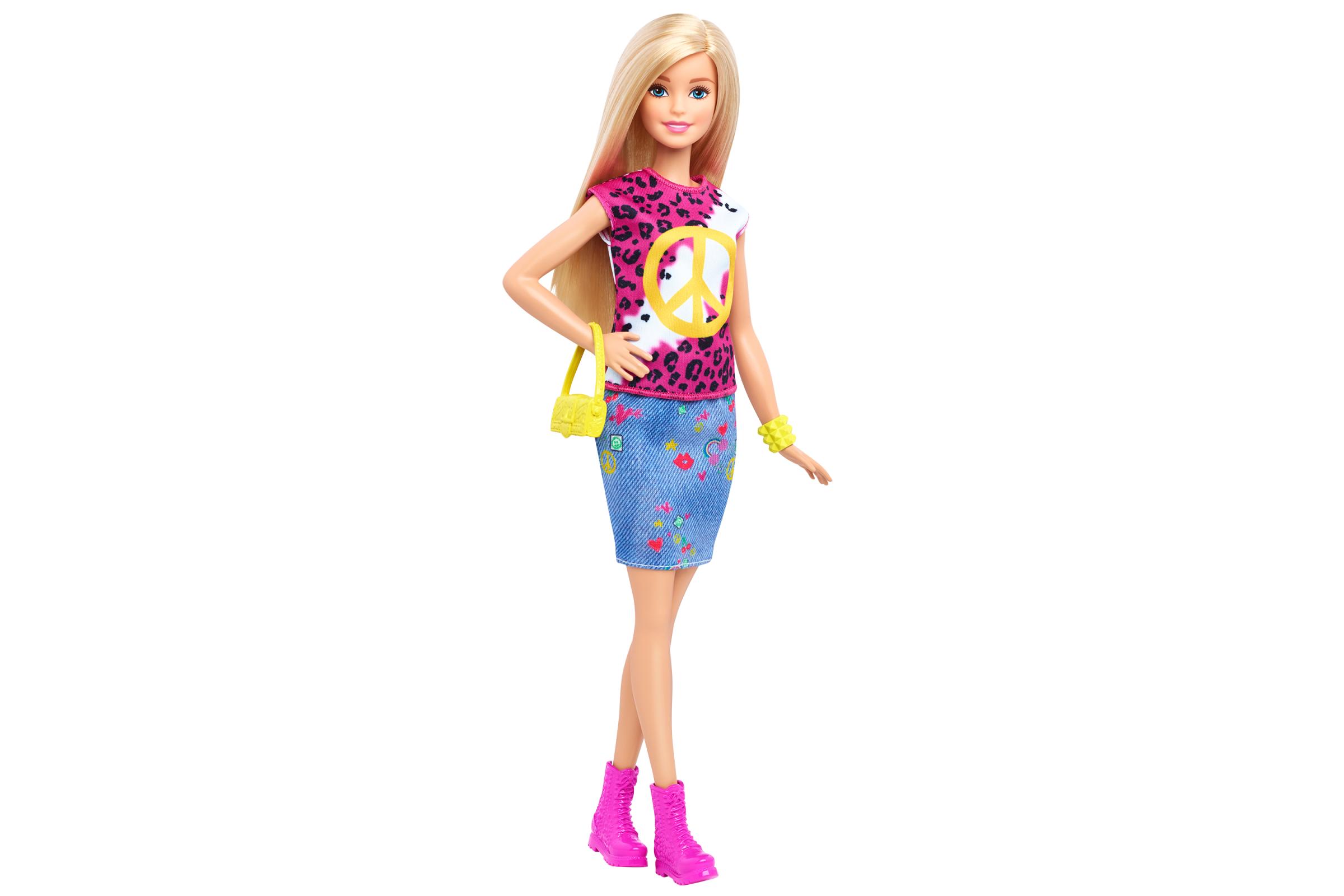


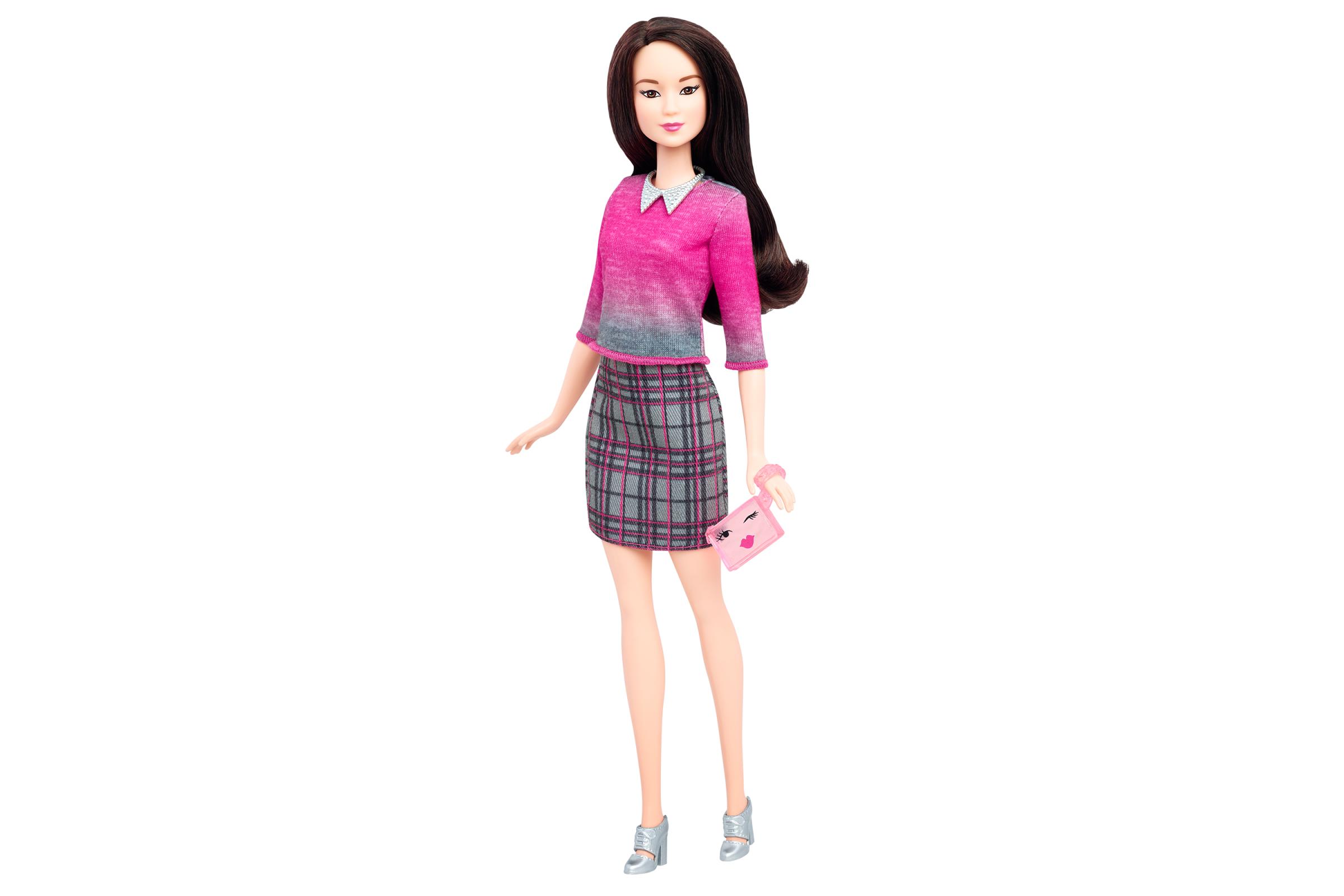
Ken’s not very popular
In recent years, Ken’s sales have paled in comparison to those of Barbie. In the last decade or so, girls have become more focused on storylines about female friendship and romantic fantasies have fallen by the wayside. This can partially be attributed to feminism, but also to the fact that increasingly younger girls play with Barbie (usually ages 4-8, around the time girls think boys have cooties). Only one of the 12 girls I saw in the focus groups played with Ken at all.
PHOTOS: Celebrities You Didn’t Know Were Made Into Barbies
Parents want “wholesome”
Parents care deeply about buying “wholesome” toys for their children. In the focus groups I watched, moms talked about how they liked American Girl, which sells at a much higher price point than Barbie, because they perceive the dolls to have traditional values. (Mattel also owns American Girl.) My Little Pony was also popular in part because there are no body politics surrounding horses the way that there are with dolls, whether they be Barbie or Bratz. That poses a unique challenge to the Barbie design team, which strives to create outfits that are simultaneously edgy and chaste.
There’s a double standard when it comes to boys playing with dolls
While parents are comfortable with their daughters playing with a blaster, they’re not sure about their sons playing with a doll. Mattel estimates that less than 10% of Barbie purchases are made for a boy. Most often, the boys who do play with Barbie borrow her from a sister and create a storyline like, “Batman saves Barbie.” Mattel has tried to conduct focus groups with boys who play with Barbie as a fashion doll, but struggles with finding participants. Still, a recent YouTube video Mattel posted in which a boy stars in a Moschino Barbie commercial received praise across the Internet.
More Must-Reads from TIME
- Cybersecurity Experts Are Sounding the Alarm on DOGE
- Meet the 2025 Women of the Year
- The Harsh Truth About Disability Inclusion
- Why Do More Young Adults Have Cancer?
- Colman Domingo Leads With Radical Love
- How to Get Better at Doing Things Alone
- Michelle Zauner Stares Down the Darkness
Write to Eliana Dockterman at eliana.dockterman@time.com